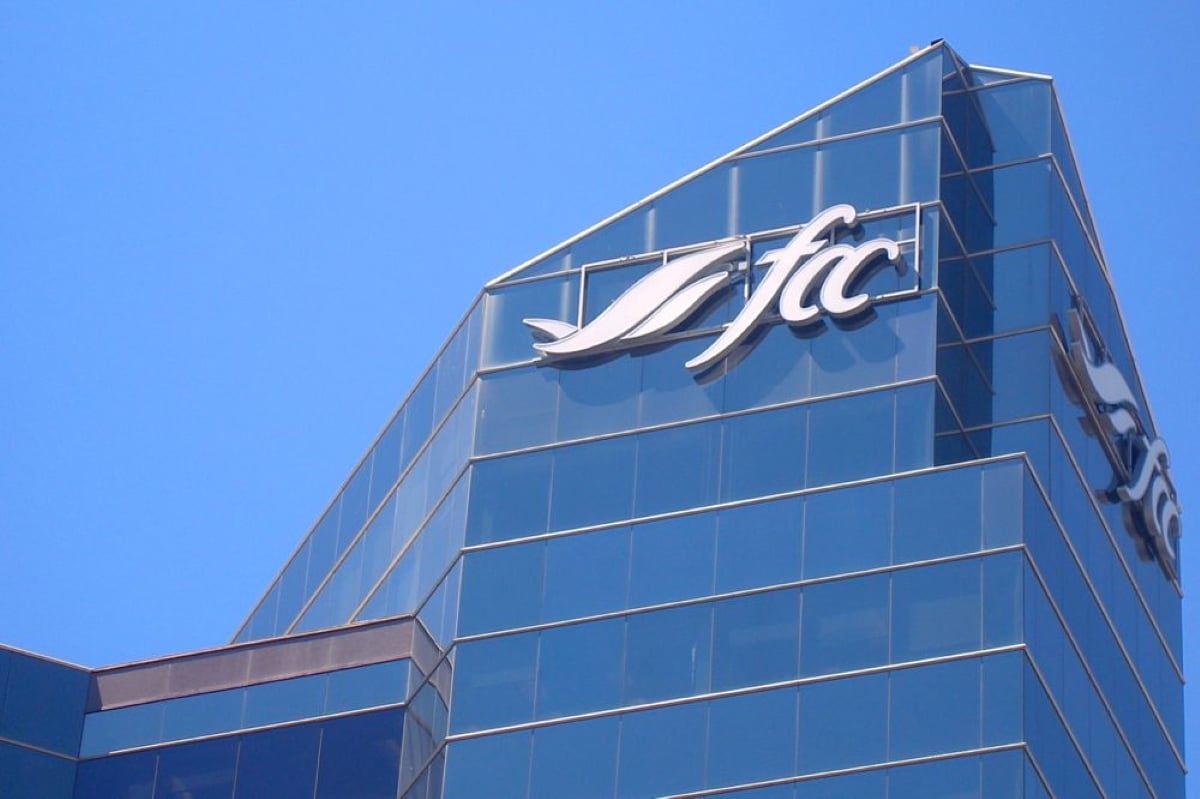An energy company owned by Weyburn Inland Terminal is getting into the business of animal offal disposal.
Rob Davies, chief executive officer of WIT, said NorAmera Technologies Inc. (NTI) is building a combustion facility that will turn animal material and flax straw into thermal energy.
Energy produced in the $6 million plant will be used to produce grain based ethanol at the NorAmera BioEnergy ethanol plant, also located in Weyburn.
WIT owns 55 percent of NTI and the NorAmera BioEnergy ethanol plant.
Davies, who is also president of NTI, said the new plant will allow for the safe disposal of flax straw and specified risk material generated by the prairie slaughter industry.
Read Also

Farm Credit Canada partners with major Toronto innovation hub
A FCC parntership with MaRS Discovery District aims to solve technology problems in food supply chains.
Each fall, a significant amount of flax straw is burned in farmers’ fields, while an unknown proportion of SRMs produced in Canada are buried in landfill sites.
“Right now, the packing industry has a problem of trying to dispose of this (specified risk) material properly,” Davies said.
“We look at this as providing a much cleaner, more environmentally friendly way to dispose of that material and it also provides permanent destruction of it as opposed to some of the other (disposal) mechanisms that are out there.”
Davies said the plant’s technology is already used by other facilities in North America.
He said NTI representatives inspected similar plants in Canada and the United States before selecting their design.
The incineration process will use flax straw as a base fuel and SRMs will be added at a prescribed ratio.
Flax straw is the preferred fuel source because it is abundant, inexpensive and offers more energy per tonne than other types of straw.
For every 100 pounds of raw material burned, the incinerator will produce one or two pounds of inert ash.
The safe destruction of SRMs became a priority in Canada after it was determined that certain parts of slaughter cattle were linked to the spread of BSE in infected animals.
Researchers determined that the skulls, brains, nerve endings, eyes, tonsils, vertebral columns, small intestines and spinal cords of beef animals could contain infectious agents if they came from infected animals.
In 2007, Ottawa took steps to ensure that all SRMs are removed during the slaughter process, segregated and disposed of using a process approved by the Canadian Food Inspection Agency.
Manufacturers of pet food and animal feed are banned from using SRMs in their products.
To assist in the safe disposal of SRMs, the federal and provincial governments began offering financial incentives to companies or individuals interested in building an approved disposal facility.
In Saskatchewan, the Canada-Saskatchewan Specified Risk Management Program covers 50 to 75 percent of eligible expenditures to a maximum of $1.5 million on each approved project.
The program was scheduled to expire in March 2009, but government authorities extended it to March 31, 2010.
Sources in the industry have indicated that a second extension is being considered.
Davies said the NorAmera project hopes to secure funding worth $3 to $4.5 million before the March 31 deadline.
He said construction should be near completion within the next few weeks.
When fully operational, the plant will accept SRMs from a variety of sources, but most of it is expected to come from Saskatchewan.
“Anybody who has material that they want to dispose of, we’re certainly not going to turn them away,” Davies said.
Heat produced in the new plant will be used to fire boilers in the ethanol facility, he added.
The plant is expected to provide 90 percent of the ethanol company’s thermal energy requirements.
“We just saw it as a great fit for this particular application because the problem with building combustion units has always been what do you do with the heat?” Davies said.















